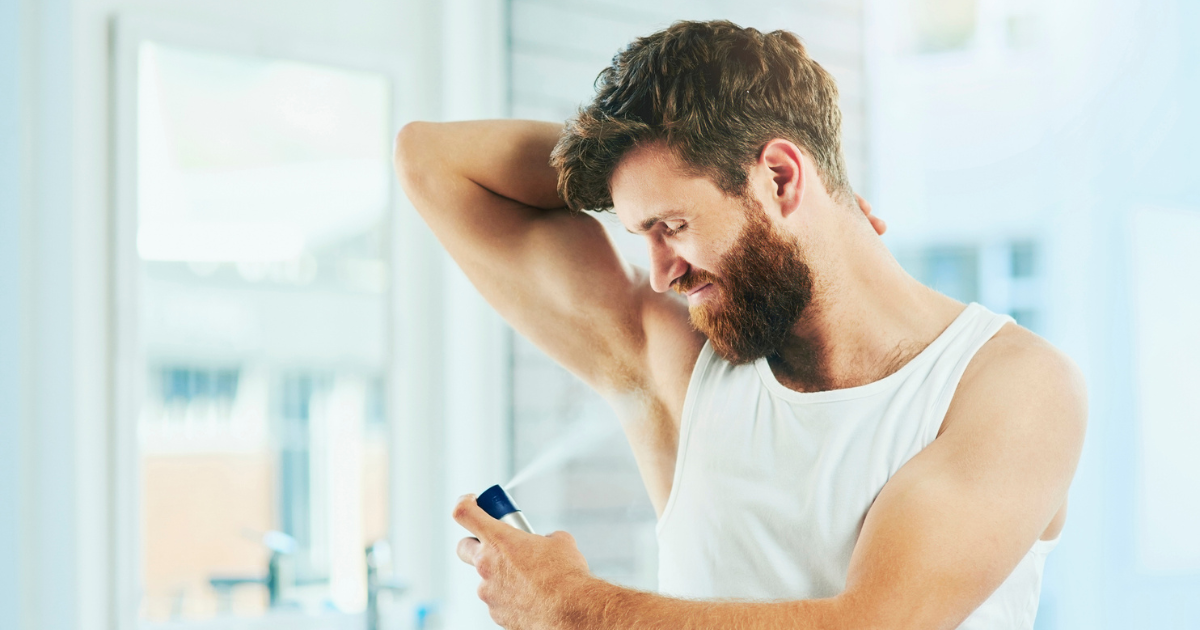You asked, we answered: Can you cure body odor permanently?

Question:
I’ve tried many different ways to fight odor-causing bacteria and sweat in my underarms, yet nothing works long-term; what oral antibiotics can I take to finally work?
Answered by dermatologist Corey Georgesen, MD:
Sweat, or perspiration, by itself, is virtually odorless. However, once sweat is colonized by bacteria on your skin, it can develop a scent, particularly if it comes from your apocrine glands located in specific areas, including your armpits and groin.
Certain lifestyle modifications may help you decrease such sweat, reducing the odor it produces. These preventive measures include:
- Showering daily.
- Reducing or removing spicy foods.
- Using antibacterial soap or surgical scrub in sweat-prone areas.
- Eliminating your use of stimulants, including caffeine.
- Reducing stress.
If the remedies listed above are ineffective, there are medical interventions to help eliminate odor caused by bacteria in the underarms. These interventions work by curtailing sweat buildup in the affected area. Avoiding such a buildup prevents bacterial colonization – when bacteria multiply in a moist and obstructed environment. You can reduce sweat accumulation through several different methods, including:
- Medications called anticholinergics. Anticholinergics are drugs that block acetylcholine, a chemical messenger that, among other functions, stimulates sweat glands. Anticholinergics can come in both topical and oral forms.
- A medical device called iontophoresis. This device sends low-grade to mild electrical currents through your skin to specific locations. Patients may undergo several weekly iontophoresis sessions, each lasting in the range of 15 to 30 minutes.
- Localized Botox® injections. Botox, an injectable medication primarily known for treating dynamic wrinkling with facial movements, is also an excellent tool for stopping armpit sweat. Botox reduces sweating by temporarily blocking the chemical signals that trigger sweat production. Generally, patients see a sweat reduction in three to four days, with full moisture-halting effects in approximately two weeks.




